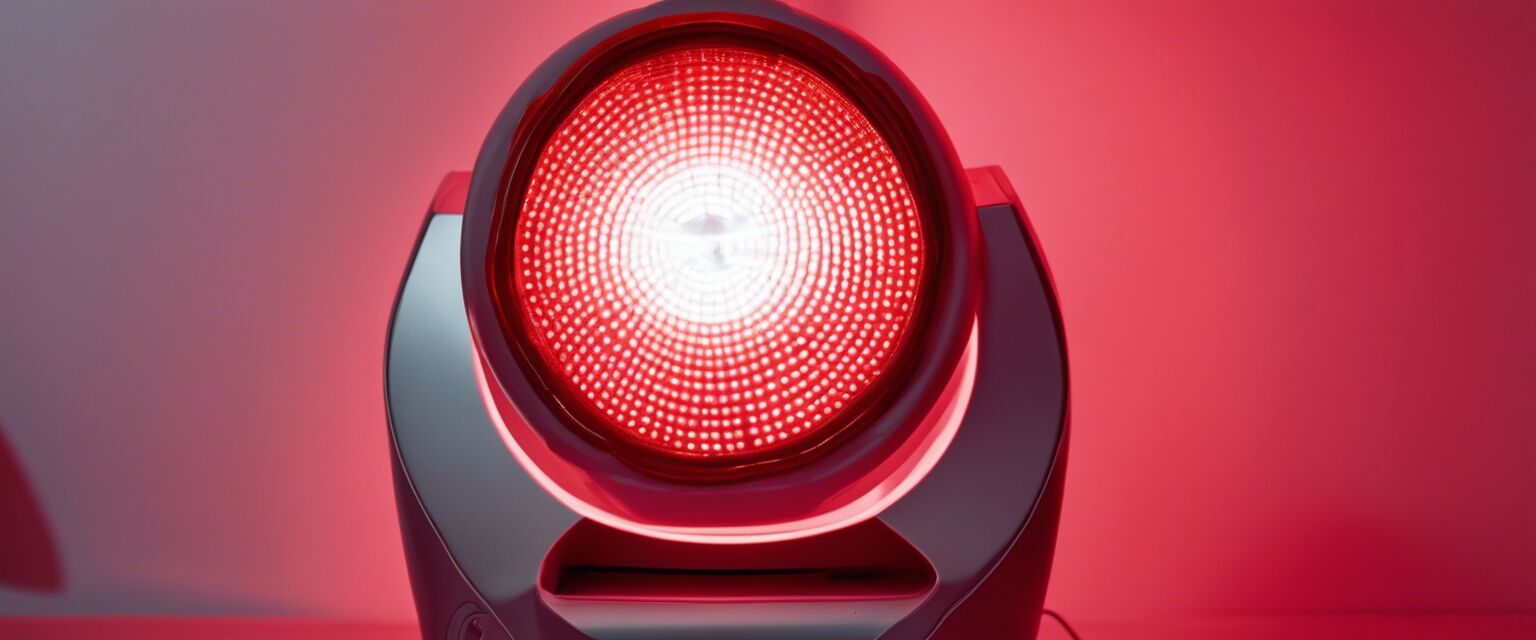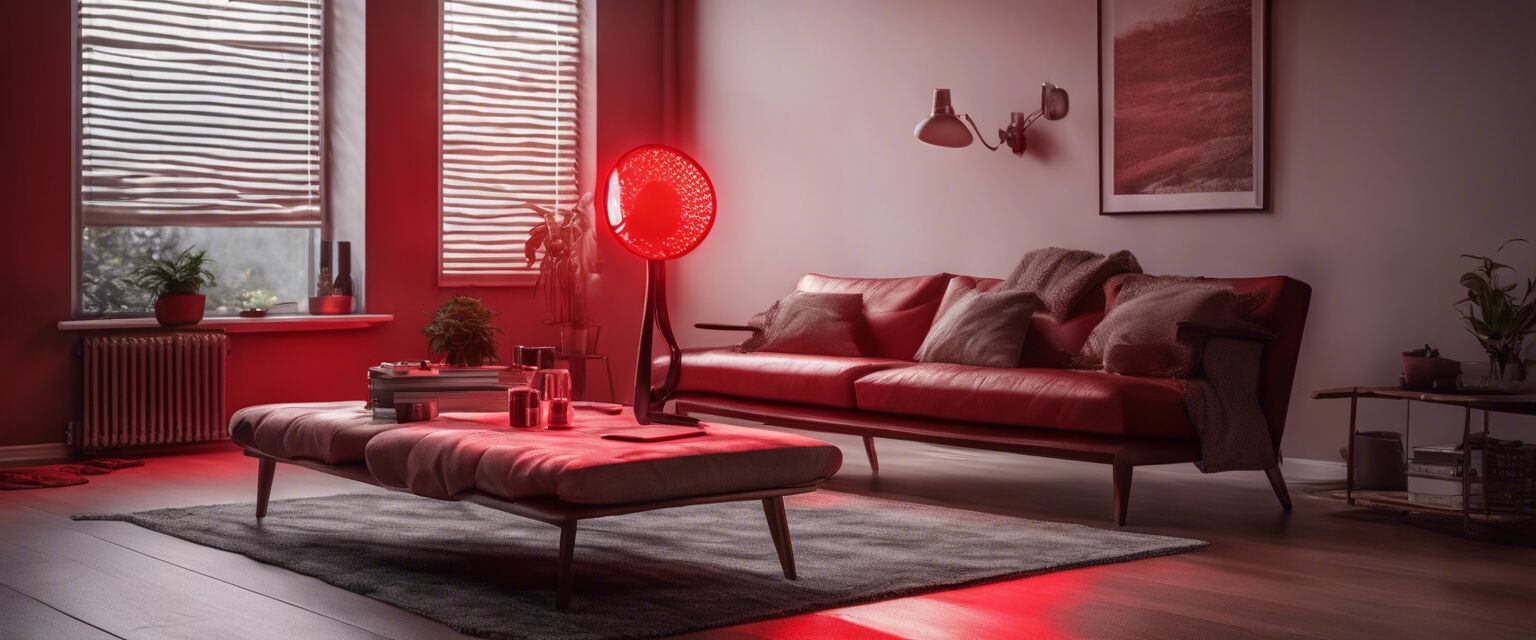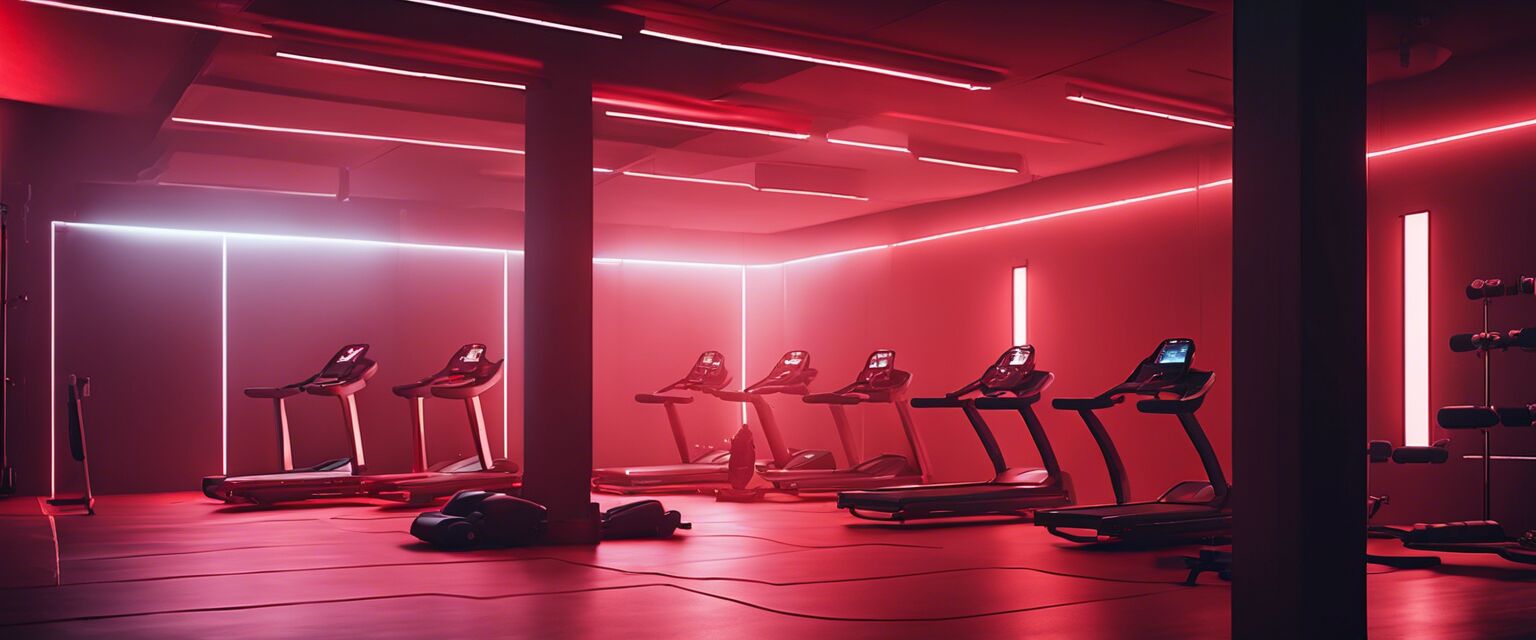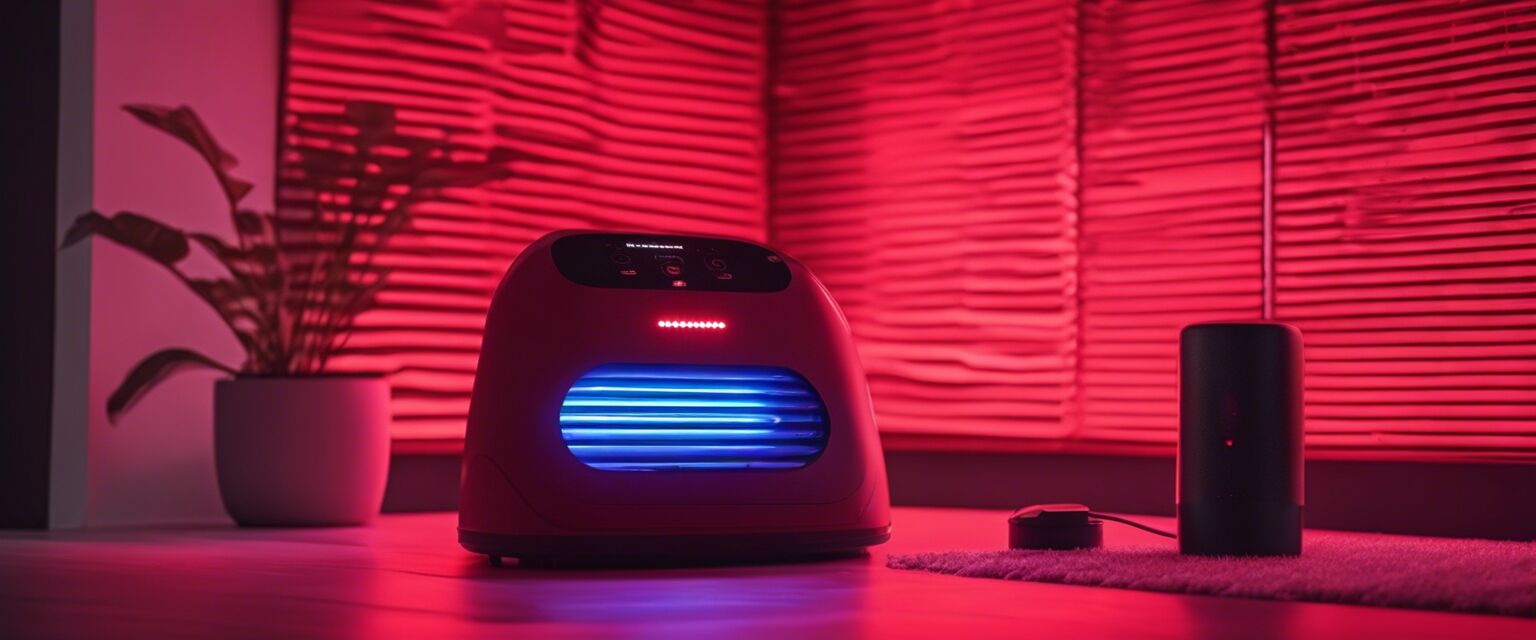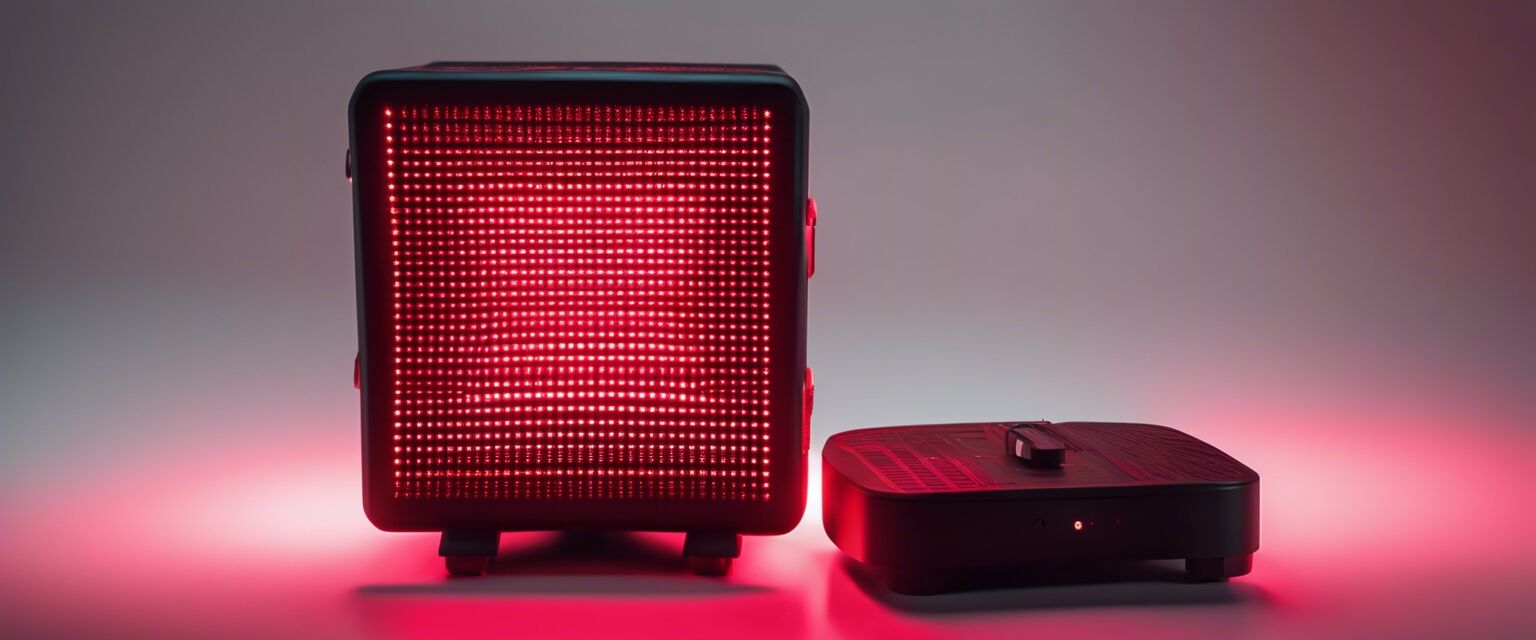
FAQs about Red Light Therapy
Key Takeaways
- Red Light Therapy is used for various purposes, including skin health and recovery.
- It involves exposure to low-level wavelengths of red light.
- The therapy is considered safe for home use with proper devices.
- Understanding how it works can enhance your experience and goal achievement.
Red Light Therapy has caught the attention of many individuals in recent years for its potential benefits and applications. Below, we address some common FAQs to help you understand this therapy better.
What is Red Light Therapy?
Red Light Therapy (RLT) involves exposing the skin to low wavelengths of red light. This light is believed to penetrate the skin and promote cellular function.
How does it work?
When the skin absorbs red light, it can lead to various cellular reactions, such as:
- Increased collagen production
- Enhanced blood circulation
- Reduction in inflammation
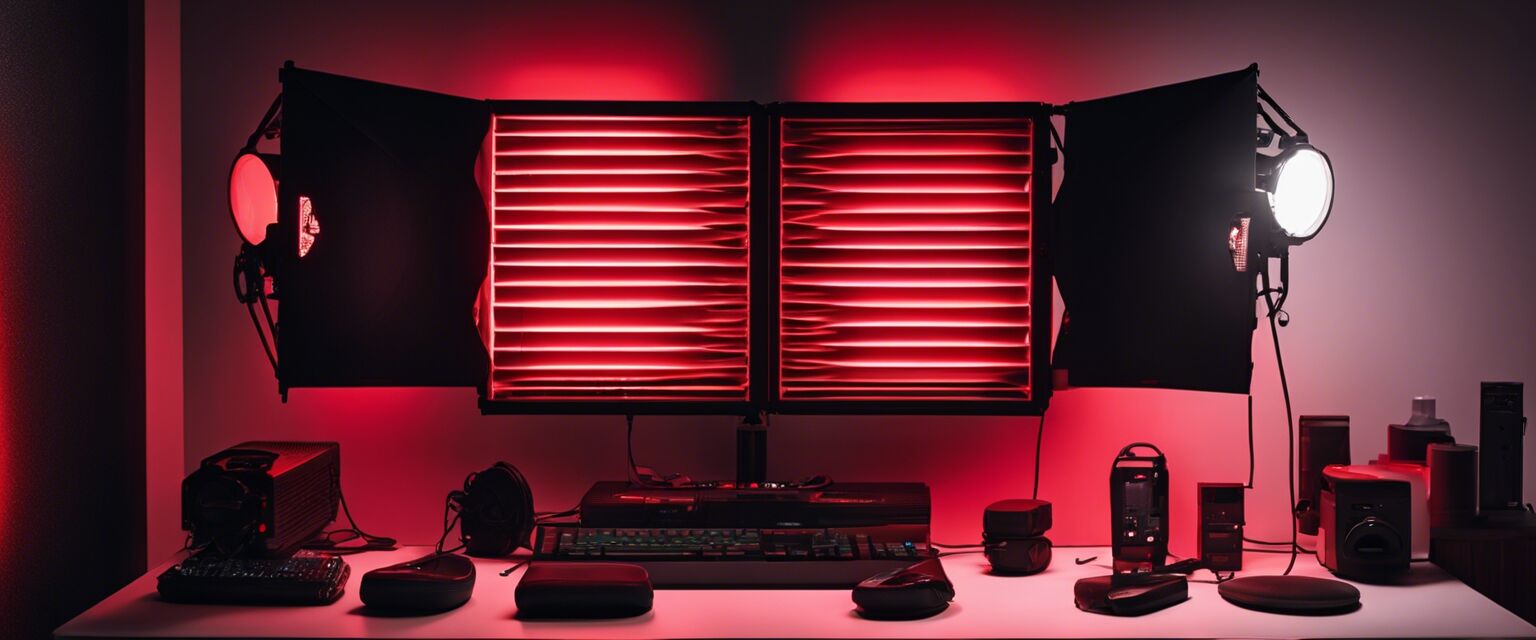
What are the benefits of using Red Light Therapy?
People use Red Light Therapy for several reasons, often aiming to improve various aspects of their health and wellness. Some benefits may include:
- Skin rejuvenation
- Recovery from exercise
- Pain relief
Is Red Light Therapy safe?
Yes, Red Light Therapy is generally considered safe for most individuals. However, it is essential to follow the manufacturer's guidelines and recommendations for your specific device.
How often should you use Red Light Therapy?
Usage can vary based on individual goals; however, a typical recommendation might be:
| Goals | Recommended Usage |
|---|---|
| Skin Benefits | 2-3 times per week |
| Pain Relief | Every other day |
| Recovery and Performance | After workouts, as needed |
Are there any side effects of Red Light Therapy?
While RLT is generally safe, some users may experience mild side effects such as:
- Skin irritation
- Eye strain (if proper eyewear isnât used)
Pros
- Non-invasive procedure
- Promotes healing
- User-friendly devices available
- Suitable for various conditions
Cons
- Results may vary among individuals
- Requires consistent usage for effectiveness
- Limited scientific research on long-term effects
What devices can be used for Red Light Therapy?
There are several devices available for RLT at home. Here are common options you might consider:
| Device Type | Purpose | Usage |
|---|---|---|
| Handheld Devices | Target specific areas | Easily portable |
| LED Panels | Full-body treatment | Stationary use at home |
| Face Masks | Facial rejuvenation | Convenient for skin care |
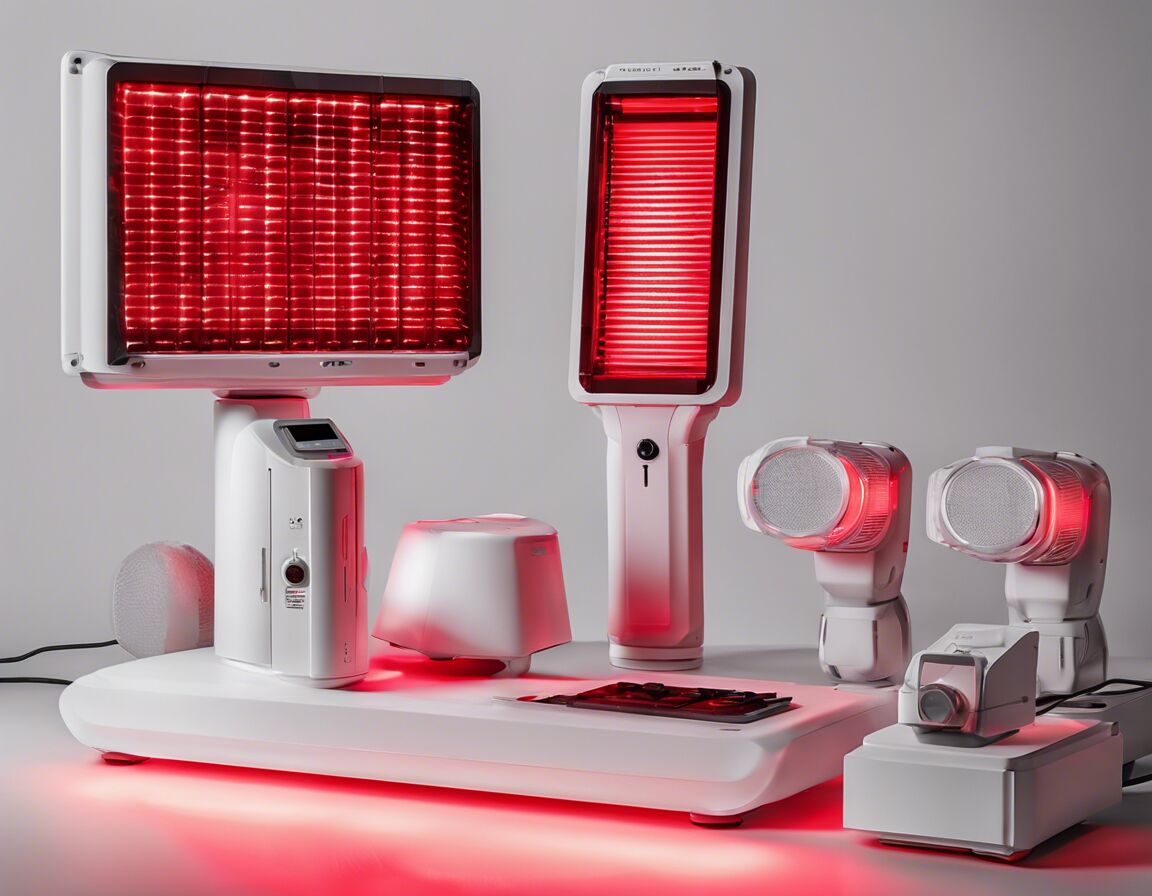
Can you use Red Light Therapy for pets?
Many pet owners have started using RLT for their animals. Always consult a veterinarian first, and ensure the device is suitable for pets.
Where can I learn more about Red Light Therapy?
For detailed guides, visit our specific categories:
- Fitness and Recovery Tools
- Healing Lamps
- Innovative Health Gadgets
- Pain Relief Products
- Red Light Therapy Accessories
Tips for beginners
- Start with shorter sessions (around 10 minutes) to see how your body reacts.
- Consistent usage is key â aim for regular treatment to achieve optimal results.
- Follow the manufacturer's instructions for the best experience.
If I have skin sensitivity, can I still use Red Light Therapy?
Individuals with skin conditions should consult a dermatologist before starting any therapy, including RLT.
Conclusion
Red Light Therapy offers a unique approach to wellness and skincare; however, understanding your device and personal needs is essential. Exploring the FAQs surrounding it will help you make informed decisions about its usage.

